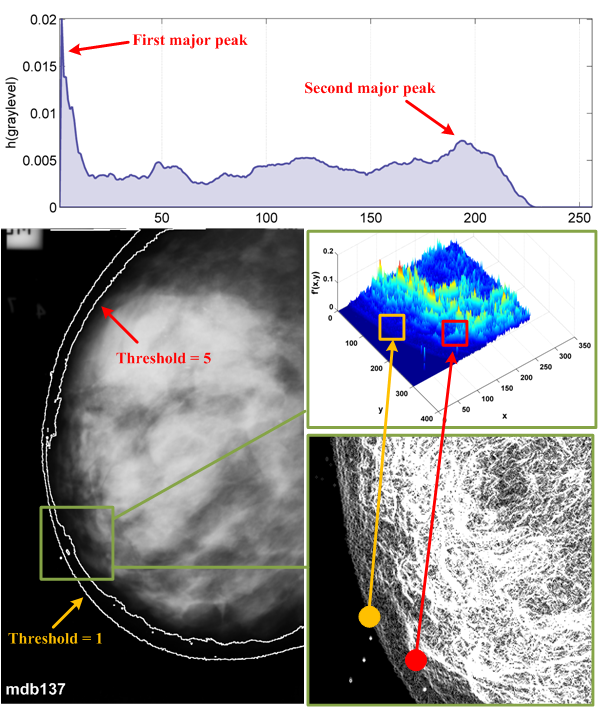Rehabibotics: Using Humanoid Robots to Convey Rehabilitation Therapies to Disabled People
Rehabibotics is a project conducted by Instituto de Robótica para la Dependecia that aims to develop a sistem capable of creating rehabilitation therapies for disabled individuals, through games, dances or other psychomotor activities that makes use of humanoid robots. It is proved that the use of humanoid robots in psychomotor therapies helps to ensure their effectiveness. However, using this kind of robots is still very difficult for non-specialised people. The main objective of this research project is to implement a new system that could allow the automatic generation of thses terapheutic routines to the assisting personeel and also to objectivelly measure its application and effectiveness. In fact, the project consists in three objectives:
1.- Elaborate an automatic system able to create therapies, either cognitives and/or motor, through, for example, capturing the motion of different humans and reproducing them in humanoids robots.
2.- Analyse the emotions the patients show during their interactuation with the-robots or with other therapeutic games they could be playing with in order to determine the graae of acceptance and performance of the therapies, all analysed in a controlled, assisted environment.
3.- Analyse te evolution of the patients in whom the therapies with robots are applied in order to objectivelly determine their effectiveness.
From a scientific and technological poi t of view, the more specific objectives to reach are:
Related publications:
[catlist name=Publication+Rehabibotics excerpt=no excerpt_strdp=no numberposts=-1 orderby=date post_status=publish content=yes]


